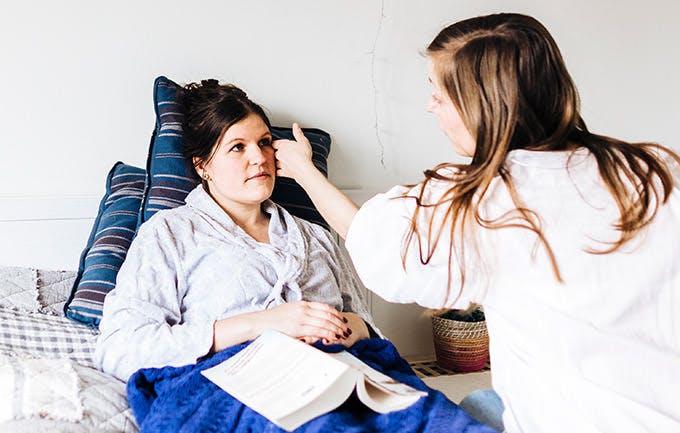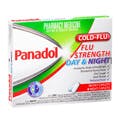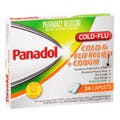
Cold & Flu
Everyone gets a cold from time to time. More than 200 different viruses can cause a cold, but the rhinovirus is the most common culprit. Its symptoms typically include runny nose and sneezing. It is worth nothing that a cold is not the same as the flu (influenza). Flu symptoms are more severe and can include a fever and shaking chills, aches and pains, lethargy and headaches.
Cold And Flu -- When To See a Doctor
Both cold and flu are caused by viruses. Flu viruses can vary with the seasons and geographical areas. While cold and flu share some overlapping symptoms, there are some differences too.
Colds typically last for one to two days with the following symptoms:
- occasional but usually mild fever
- a runny or stuffy nose and congested sinuses
- sore throat
- cough
- sneezing
- headaches
- red, watery eyes
- loss of appetite, and sometimes nausea and some vomiting.
Flu is more likely to last for at least a week and has more severe symptoms, including:
- a high fever
- a dry sensation in the nose and throat
- chills and sweats
- muscle aches and pains, especially in the back, arms and legs
- cough
- headaches.
Most cold and flu will get better without any medical treatment.

However, see the doctor if the child or adult:
- refuses to drink water or other fluids
- vomits frequently
- complains of intense headache or earache
- is having difficulty breathing
- has a persistent cough
- coughs up rusty-coloured or blood-stained phlegm
- has a high fever that does not respond to paracetamol or ibuprofen
- shows no improvement in 48 hours.







































